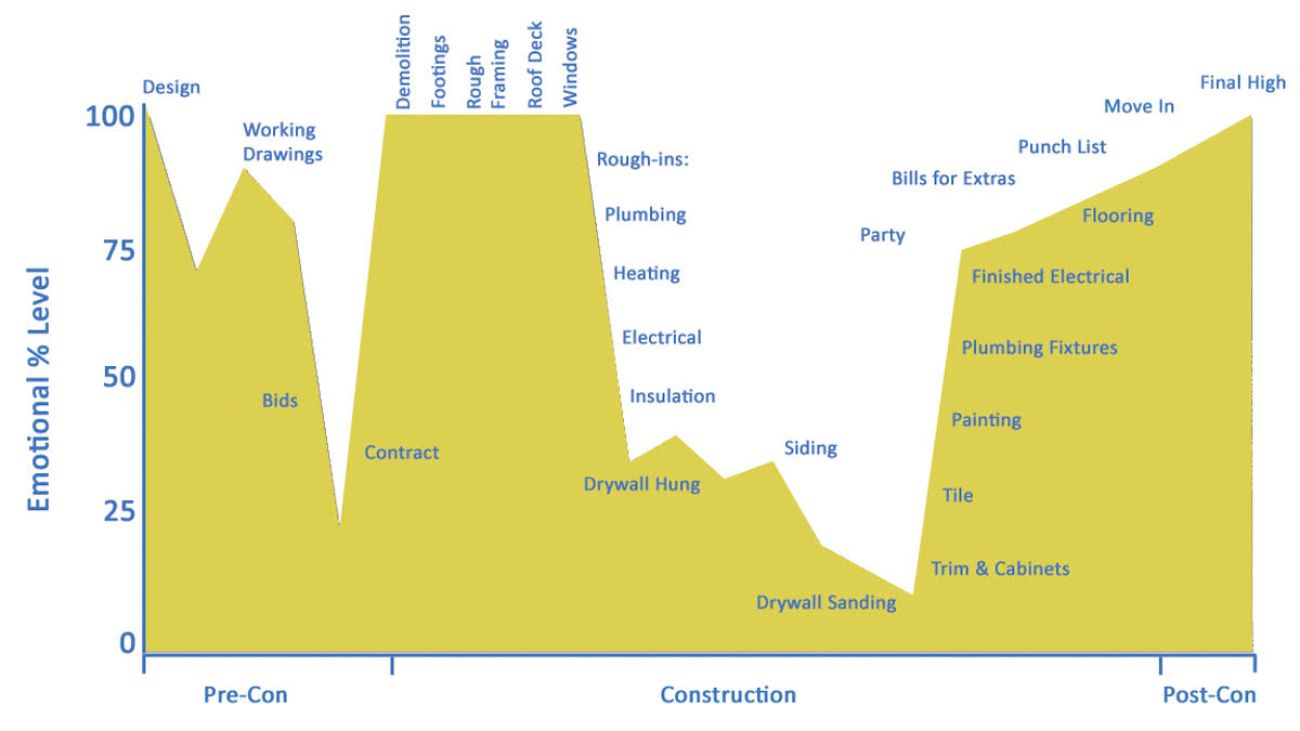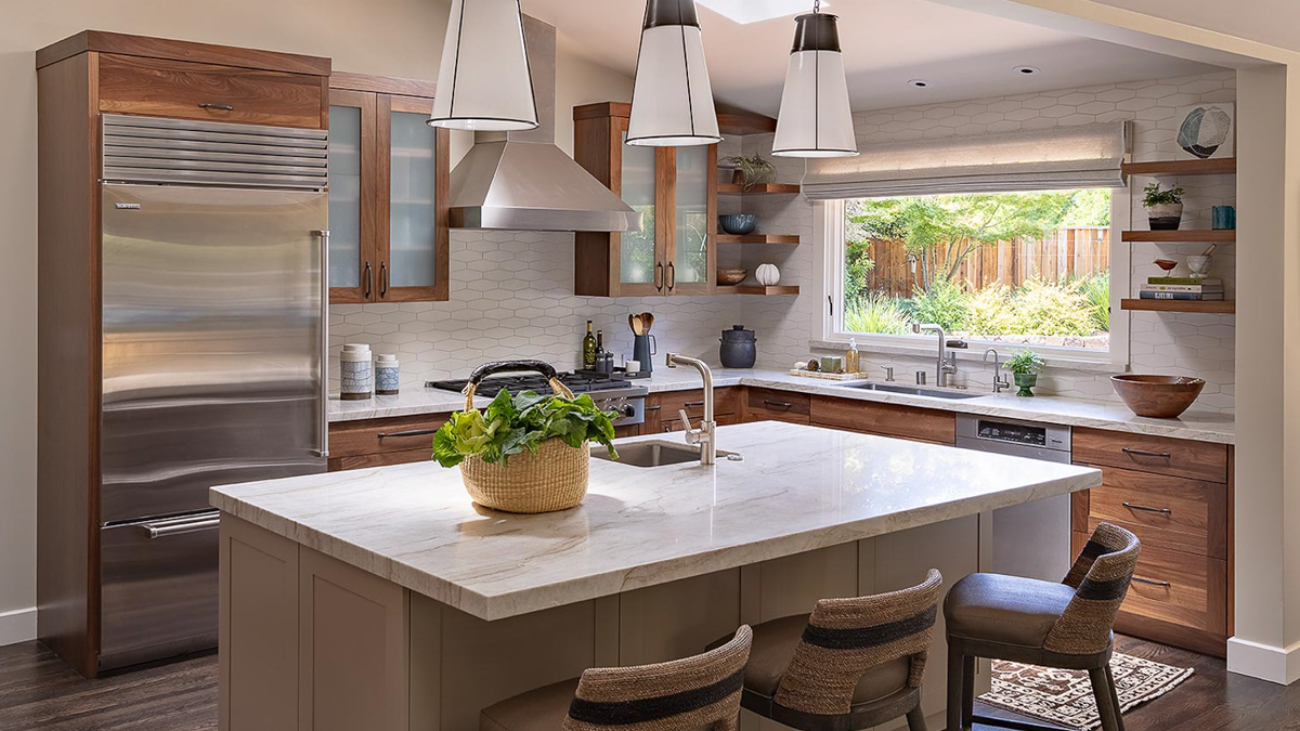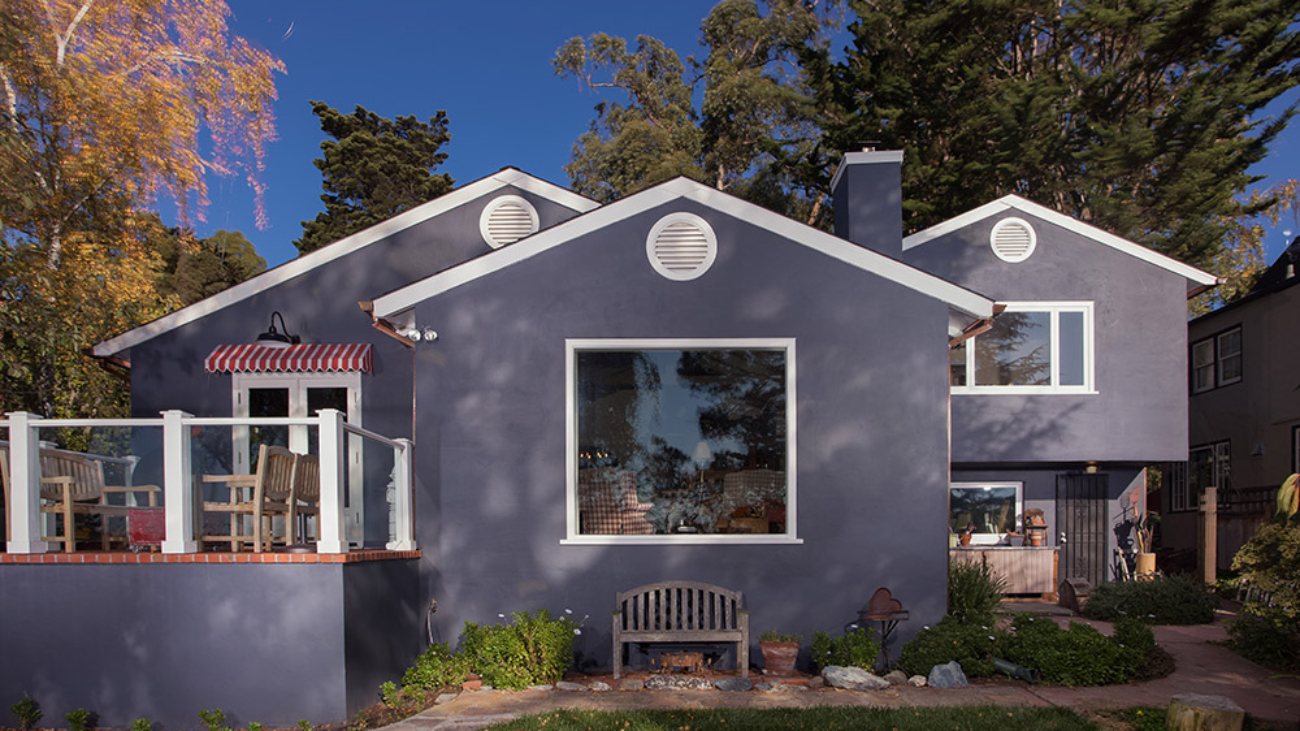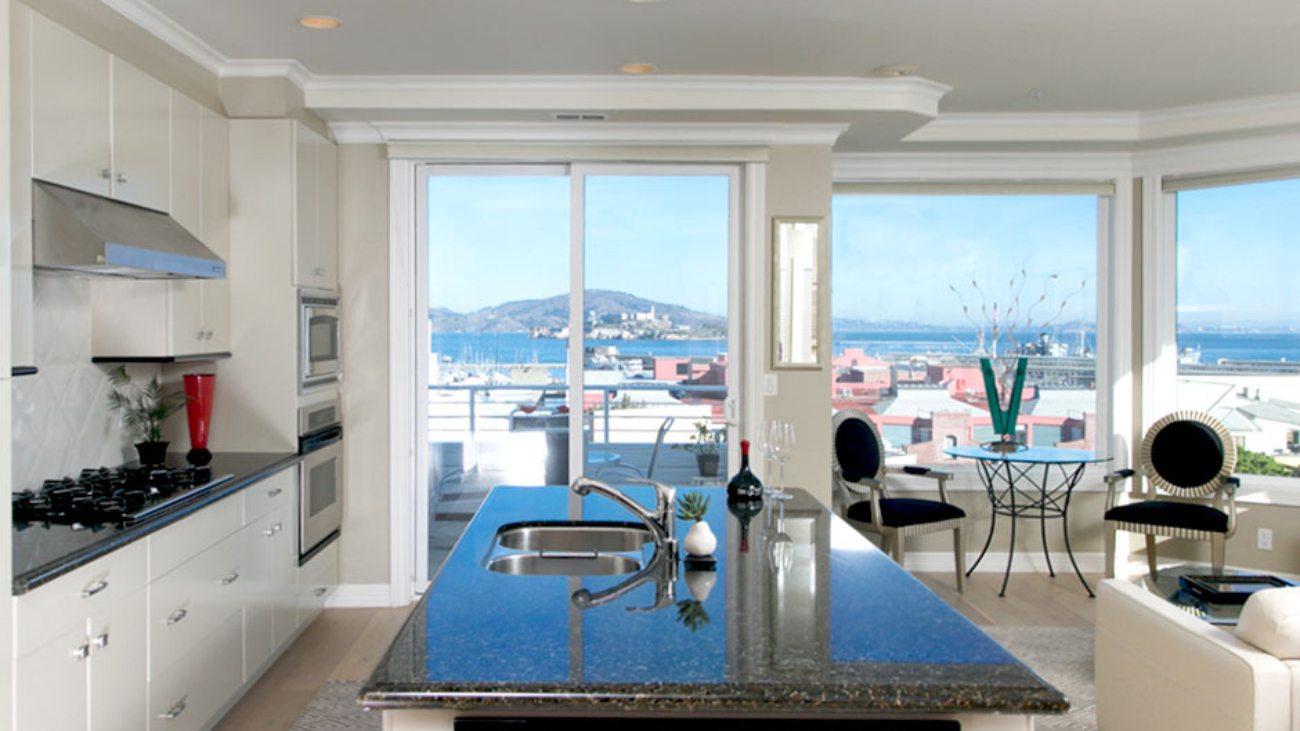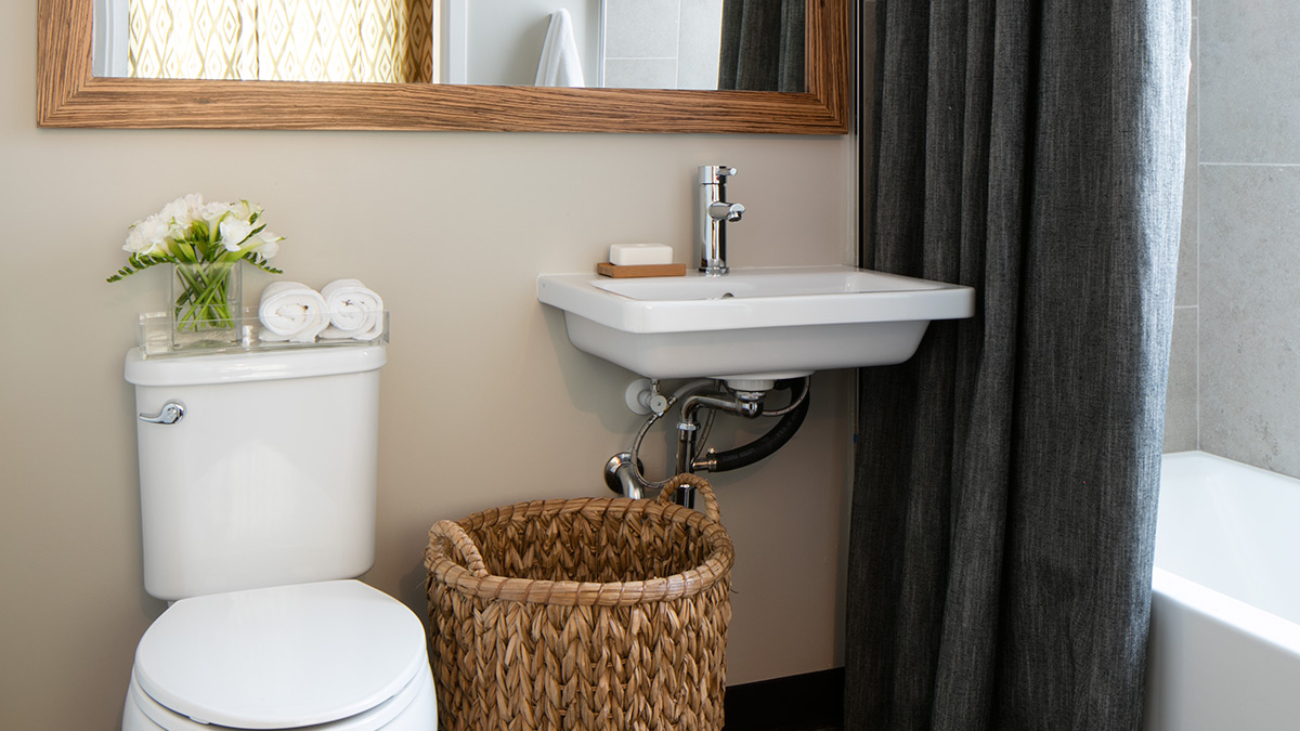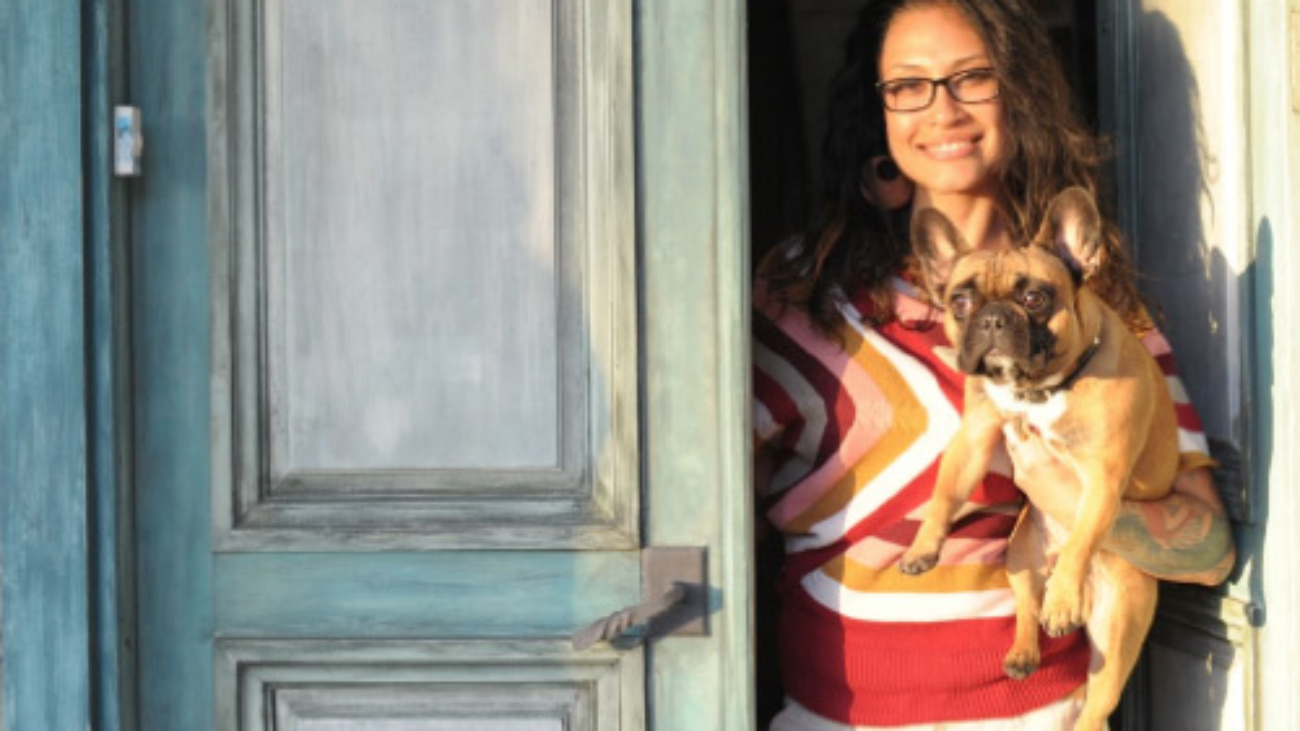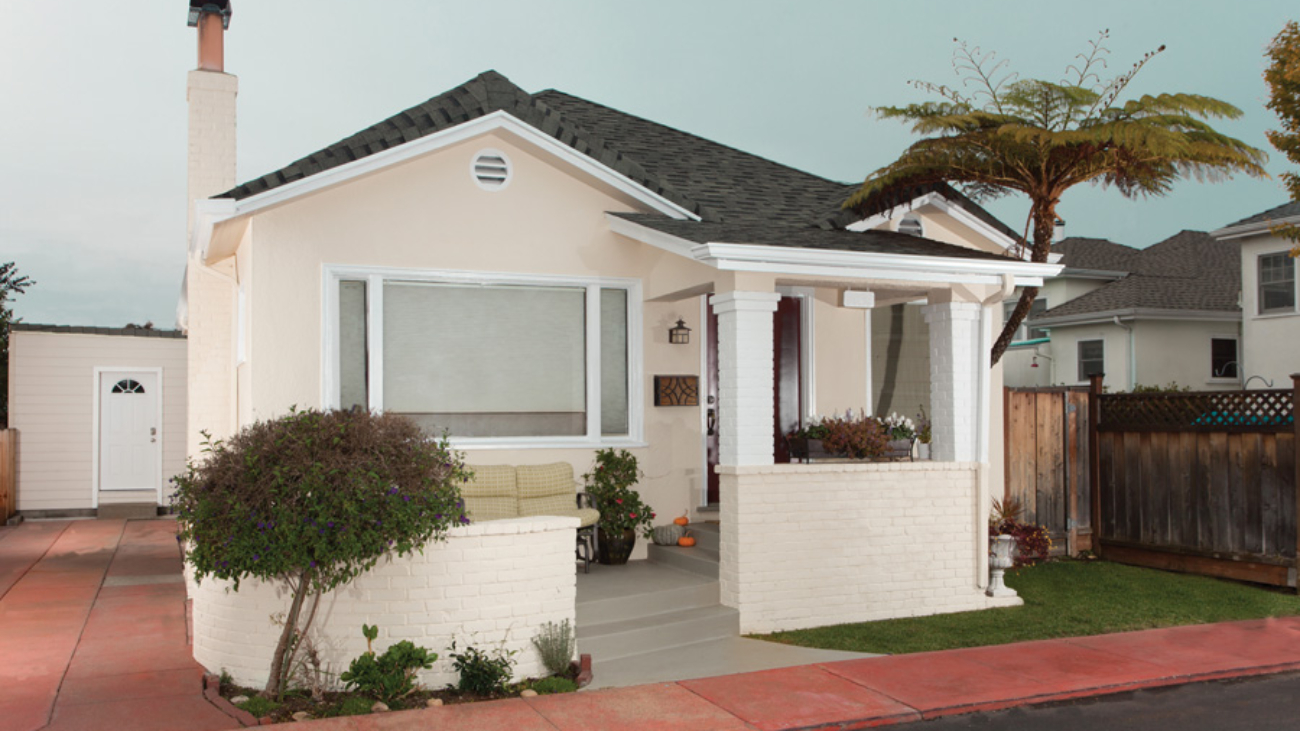Our youngest child Alexi went away to sleep away camp for the first time last week. What a milestone!
Through the San Leandro School District, he and his classmates went to Camp Arroyo located within the East Bay Regional Park District and just 45 minutes south of Oakland. “Camp Arroyo,” says the Camp’s website, “is a beautiful residential camp serving children year-round as a place to explore, learn and grow in an ideal outdoor setting.”
The camp in fact is not just for children, it provides excellent programs for families and adults as well. “Nestled in the hills surrounding the 138-acre Del Valle Regional Wilderness in Livermore, California, the camp was formally opened in 2001 and serves thousands each year.”
Washington Elementary fourth and fifth grade teachers and students, parent chaperones and counselors embarked on a 4-day adventure at the Camp where the kids got a chance to unplug and spend time with their peers and teachers in a natural setting.
On their first day after a bus ride from campus, they found their cabin, dining tables and got their adventure group assignments for the next four days.
The most notable activates were the hikes and the wildlife. On day 2 the children hiked the Creek trail and after lunch they hiked the Cresta Blanca trail – a 3 miles round trip hike – where they spotted a bobcat and deer.
The camp offers an all-inclusive type set up where 3 meals a day are provided. During the Camp, they conducted team building activities, campfires and improv skits with props and all. During a night hike they got to experience the senses of sight, smell and hearing in the darkness away from city lights and sounds.
Connecting with nature is an important part of our daily life and one that keeps us grounded in community. The Del Valle Regional Wilderness is a special place that the East Bay Regional park has worked hard to preserve. To find out more about the camp, go to:
http://www.ebparks.org/activities/daycamps/parks_camp_arroyo
Trend Forecast for 2018
By Maria Killman
Yellow
The color for 2018 is yellow. The last time yellow was popular was in the 90s so it’s coming back. Strong color is here to stay, especially with black appearing on the horizon as the new grey (or trendy neutral of the moment). It’s taken time for it to come back around but I think it’s coming.
Warmer Colors
Warmer palettes are coming back too. But what makes warmer colors look fresh and current? Lots of white (or cream) of course. In recent years, cool accent colors in the green and blue range have really dominated, and it’s not surprising because blue and cool colors are statistically favored, and aren’t going anywhere, but I think we will see warm oranges, strong yellows and clear reds come back as accent colors this year.
Brass and Blush
And naturally, year to year, there are some continuous trends. A trend cycle doesn’t flip with the calendar year. In 2018, deep blues, jewel tone greens, brass/gold and blush pink will all continue to go strong.
Black Plumbing Fixtures
This is where you should definitely mix metals. If you do a search for black hardware and plumbing fixtures on-line you will see that all-black fixtures demand too much attention. The eye bounces around from one fixture to the next and makes it look too busy.
Adapted from: http://www.mariakillam.com/maria-killam-trend-forecast-2018/
7 Easy Decorating Ideas That Will Make You Love Your Home Again
By Jen Wallace
Ready to fall in love with your home again? Here are some decorating ideas that will rev up your imagination!
- Rearrange the Furniture
Nothing makes me feel like my space is brand new than rearranging the furniture. I do this twice a year and I plan it around my spring and fall cleaning. - Plant a Garden
Whether you plant a decorative or functional garden, the act of creating it and enjoying it is extending the living space of your home. - Entertain
I often find when I am down on my house that having people over can be the surest way to improve my outlook. Inevitably someone comments on how great my home is and it helps me see it through fresh eyes. - Tackle a Project
Cleaning out a much neglected closet or repurposing a corner for a new hobby might seem more like chores than decorating ideas, but both can work wonders to reinvigorate your mood towards your home. What simple projects or tasks could you tackle that would make you feel better about your space? - Lighting
Brightening things up can really make a huge difference. Try to take as much advantage of the natural light as you can, but don’t be hesitant to add some new lamps or fixtures to improve your home’s appeal. - Changeable Art
I have a big print collection and to freshen things up, I swap prints in and out of use and even move them around the house. You will honestly be amazed at how adding a different piece of framed art to a dark corner can liven it up! - Candles and Flowers
When all else fails, or you want the quickest decorating ideas, just had more aromatherapy candles and fresh flowers to your home. Doing that never fails to help me forget about those dust bunnies in the corner or those scuffs on the wall behind the couch.
Adapted from: http://www.organicauthority.com/sanctuary/7-easy-decorating-ideas-love-your-home-again.html

